
Ask These Questions During Meetings — The Art of a Productive Meeting
🕰️✨ Ever found yourself in a meeting, thinking, “This is such a waste of time!”?
It might have been just yesterday or even a few hours back.
Ever wondered why those gatherings felt painfully tedious? Maybe it’s because the leaders kicked off with the wrong questions, or worse, didn’t ask any engaging ones at all. Consequently, the meeting turned into a monotonous session of one-way communication, filled with uninspiring report-outs.
Let’s break the cycle and transform our meetings into engaging hubs of curiosity and collaboration! ✨🤝
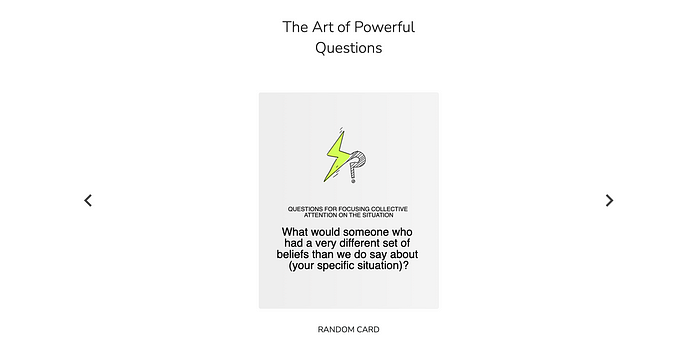
Nova’s Card deck
Consider the possibility that everything we know about our world today emerged because people were curious. They formulated questions about things that sparked their interest or deeply concerned them, leading them to learn something new. Consider how questions can help teams adopt different perspectives, evaluate concepts and ideas, and follow specific frameworks to avoid conflicts, risks, or new challenges later on.
Questions are the key to productive meetings and sessions, ensuring that collective knowledge is explored when collaborating with others. For instance, my favorite questions include: What would have to be true for this to…?” — “What would have to be true for this to be a great strategy?” “What would have to be true for this to be successful?” “What would have to be true for this to be more competitive?”
In projects, I always encourage my team to ask questions following the logic of customers, capabilities, costs, and competitors. The intention here is for the team, including those leading the project or solution, to encourage people to find potential challenges, criticize their work, and approach meetings not as the ones who have figured out everything, but rather with the mindset that others can provide a new perspective and analyze it from where they are sitting.
Training teams to ask questions during meetings or asynchronous sessions not only makes meetings more effective, engaging, and actionable but also helps teams make better decisions. Decisions are made collectively, with multiple perspectives brought to the table, creating a culture of learning and curiosity where questioning the solution itself is encouraged. However, it’s important to be careful about when and what types of questions need to be encouraged. Providing a framework is essential because some teams may spend too much time on the ideation and analytical phase, being “averse” to action.
So, if asking the right questions is so important, why aren’t we training our teams or providing them with resources to ensure they ask the right questions?
Why don’t we ask better questions?
Why don’t most of us spend more time and energy on discovering and framing them? One reason may be that much of Western culture, and North American society, focuses on having the “right answer” rather than discovering the “right question.”
Our educational system emphasizes memorization and rote answers rather than the art of seeking new possibilities. We are rarely asked to discover compelling questions, nor are we taught why we should ask such questions in the first place.
Additionally, while work is becoming more collaborative, meetings still tend to have one person speaking and everyone else listening. This pattern often follows the traditional hierarchy where the “boss” knows everything, and others are there to support them. Today, we might have meetings where the presenter asks a few questions at the end, but those questions are usually far from the type we should be asking. Encouraging your team to stop using the question “any questions or comments?” is vital. It’s almost a useless question!
Our cultural aversion to asking creative and powerful questions is linked to an emphasis on finding quick fixes and supporting those with “power”, either-or thinking.
So, how should we ask better questions, and how can we help our teams get better at it?
Fran Peavey, a pioneer in the use of strategic questions, said: “Questions can be like a lever you use to pry open the stuck lid on a paint can. If we have a short lever, we can only crack open the lid on the can. But if we have a longer lever, or a more dynamic question, we can open that can up much wider and really stir things up. If the right question is applied, and it digs deep enough, then we can stir up all the creative solutions.”
Good questions help:
- Generate curiosity in the listener.
- Stimulate reflective conversation.
- Are thought-provoking.
- Surface underlying assumptions.
- Invite creativity and new possibilities.
- Generate energy.
- Channel attention and focus inquiry.
- Touch deep meaning.
- Evoke more questions.
Additionally, teams need to be encouraged to go to meetings with a well-defined objective. “Is the goal to inform people about a new change or idea? Is it to review a proposal, design, or idea?” “Is it to get feedback?” “If the objective is to review a design, what exactly needs to be reviewed? ““Can the design compete with the competition? Is it easy enough to be implemented, or are there changes needed to reduce manufacturing time and costs?” “Are you still evaluating applicable case studies?” These are different stages of the design process. So, defining the objective and knowing what needs to be discussed is crucial. Once you know that, approach your meeting or asynchronous session with curiosity. Why else would you bring all those people together if you already knew everything? Attend your meetings questioning your own assumptions. Bring questions that offer a business perspective or a customer viewpoint.
Furthermore, define the best way to conduct these meetings. Do you even need a meeting? Seriously, half of the time, meetings aren’t the best way to lead these conversations.
Card decks.
When it comes to asking questions during meetings, I recommend 3 card decks:
- The Art of Asking Powerful Questions: This card deck helps teams familiarize themselves with the questions they need to ask. It aids them in choosing questions during or before the meeting in just a few minutes. It provides a range of questions that are extremely useful during meetings or asynchronous sessions.
- Roles: This card deck is one of my favorites. I created it while working as a consultant for two different clients who faced difficulties discussing solutions during meetings. They would encounter numerous issues once the project started. This card deck was brought to meetings to bring different perspectives to the table during the initial phases. Ideas and solutions were discussed considering various angles and viewpoints. It helped them ask questions that they usually wouldn’t ask themselves.
- 6 Thinking hats.
Leading meetings async — and asking the right questions.
Additionally, I recommend exploring asynchronous meeting templates, as they have already been curated to ask powerful questions and spark conversations during meetings. These templates are organized based on the facilitator’s objective. For example, if you are trying to get feedback from a team member or evaluate a design, these templates will prepare some of the questions for you. Of course, you can modify or add additional questions. These templates can be used during meetings or for collaborative asynchronous sessions. I highly recommend exploring this and transitioning some of those meetings to asynchronous formats. But that’s a story for another day.
- ICE Proposal: This tool helps evaluate how a proposal or idea supports your goals and current priorities, your confidence in success, and also asks people to provide additional ideas.
- Proposal or Idea Feedback: This template gathers opinions, suggestions for improvement, and identifies risks or considerations.
- CRC Template (Use case, Risks, Costs): This template evaluates proposals or designs based on use cases, risks, and costs.
- Document Approval: Often, team members ask managers or clients to review and approve documents, and these requests can get delayed. This template encourages team members to clarify their expectations, whether they require approval, feedback, or specific actions. It prompts questions such as, “Can I take this on in the next 90 days?” or “Do you have any other suggestions?” It includes all relevant links and information within the session, allowing team members to ask direct questions and set due dates for managers to see on their calendars.
If you watch to learn more about these templates/sessions you can watch this video.
Additionally, I want to give a list of questions that you can use instantly — organized by phase/objective.
Questions.
Ideation or Brainstorming Phase: At this early stage where new ideas are welcome, consider the following questions:
- On a scale of one to ten, with ten indicating a great idea aligning with our current goals and constraints, how would you rate this idea?
- How can we improve it? If you could wish for anything, what would it be? Use the framework: “I wish …”. Please add your wishes on sticky notes.
- Are there any things we should avoid, and why?
- What should we add or improve? Do you have any additional ideas or recommendations? Please add one idea per sticky note.
- How much does this idea/proposal contribute to our goal?
Evaluation Session: For meetings aiming to evaluate a proposal, idea, concept, or strategy to mitigate risks, consider questions such as:
- Are there any risks or considerations? Are there specific limitations or constraints to keep in mind during the review?
- While considering [specific use case] and prioritizing [specific feature/design/project] in this [design/proposal/etc], have we taken into account extreme or unique use cases that our [product/business] often encounters?
- When assessing the usability of this [design/proposal…] and the user’s journey to accomplish [specific task], can you identify potential gaps or risks?
- Is there anything that could be changed or removed to reduce costs or simplify the implementation and distribution phases? e) How confident are you that this will work?
- How difficult is this to implement? What is the effort, and what is the expected benefit?
- Are there any unspoken fears, concerns, or worries that, if left unaddressed, could become significant issues later on?
- How would you define success? Since the definition of success may vary, sharing your perspective or using emojis to react to others’ definitions can help us arrive at a comprehensive definition that aligns with everyone’s needs and expectations.
- Is everyone comfortable with the proposed decision?
- What additional information or data do we need before making a decision?
- Are there any dissenting opinions we should explore further?
Sharing an Update: For update-sharing meetings, consider asking:
- Does this update alter any previous plans or timelines? (yes, no)
- How do you feel about this update?
- Our objective is to inform you about [A] and [B]. It is essential that the team acknowledges being informed and raises any questions about these updates/changes. We opted not to schedule a meeting to provide you with flexibility in reviewing this at your convenience, but we need confirmation that you have gone through the updates thoroughly.
Approval Meetings or Sessions: For meetings with the goal of gaining approval from one or more individuals, consider the following questions:
- After reviewing the [proposal/strategy/implementation plan/etc.], would you approve it? Please mark this as approved or declined and provide comments for necessary changes to facilitate progress. Sometimes, the team can help the person seeking approval by offering context from previous discussions and how concerns were addressed. The facilitator can also pose questions like:
Overall engagement questions:
- How do you feel about this topic or decision?
- What are your thoughts on this proposal?
Action-Oriented Questions:
- What are the specific action items resulting from this discussion?
- What resources or support might be needed to accomplish these tasks?
Problem-Solving Questions:
- What challenges or obstacles do you foresee in implementing this plan?
- How can we address those challenges effectively?
Get access to a list of questions and learn more about this here. You can also access this list — created by the Nova team. I highly recommend it.
Earlier, I mentioned that we need to be cautious about the types of questions we ask and when we ask them. This is especially important when teams spend too much time in the ideation and analysis phase and are averse to action. In my ten years of experience helping organizations create effective processes and frameworks, this was one of the challenges organizations faced. Teams often sat on an idea for months or even years, making minimal progress because the pursuit of perfection or endless possibilities kept stalling their efforts. If this is happening in your organization, asking the right questions and defining what those questions are will be crucial. Additionally, I suggest creating a framework or process where the ideation and evaluation phase have defined start and due dates. Certain questions need to be asked during this time, and afterward, questions may change to help the team take action, evaluate costs, risks, and develop a plan for success.
If you have questions about this, please leave a comment or contact me or my team at Nova.
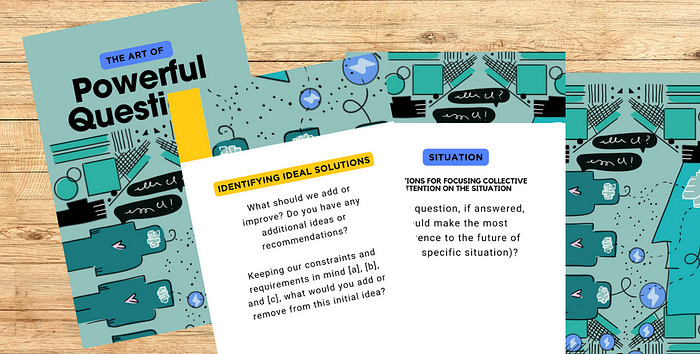
Physical version — Created by Ro Fernn
We can help you build a process/framework. There are many online resources that can be shared with your team. I recommend reading the following PDFs :
- The art of powerful questions — Online PDF
- Decision making — Facilitator skills (PDF)
- The secret of more productive meetings.
Also, check out our card decks and templates. All of them are free and can easily be shared with your team. They serve as valuable tools in fostering a culture of inquiry and continuous improvement.
- Meetings are like a thermometer. Asking the right questions and moving some of your meetings async.
In conclusion, asking the right questions is not just a skill; it’s an art that can transform mundane meetings into hubs of innovation and collaboration. Embracing the power of thoughtful questioning can lead to deeper insights, more informed decisions, and a workplace culture that thrives on curiosity and learning.
Let’s shift our focus from having the right answers to asking the right questions.
Let’s empower our teams with the tools and mindset needed to explore uncharted territories and discover innovative solutions.
Remember, questions are not just words; they are a pathway to new possibilities. Let’s embark on this journey of curiosity together and watch how it reshapes the way we work, collaborate, and ultimately, innovate.
If you have any questions, thoughts, or experiences related to the art of questioning, feel free to share them in the comments section below. Let’s keep the conversation going and continue to inspire each other on this quest for meaningful inquiry.
Thank you for reading, and here’s to a future filled with impactful questions and transformative answers!





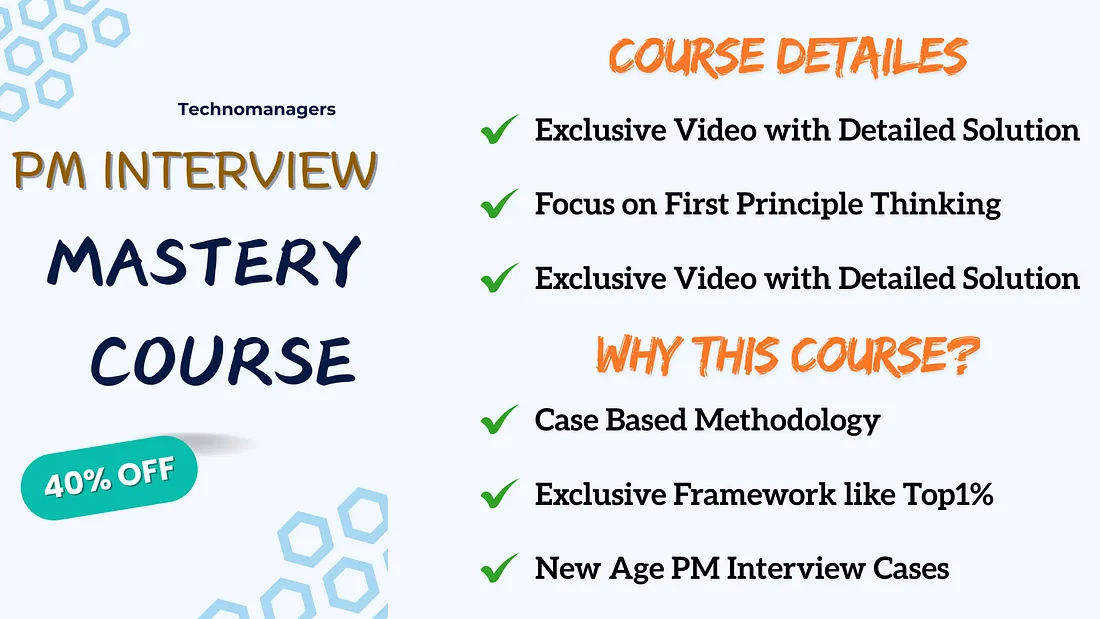
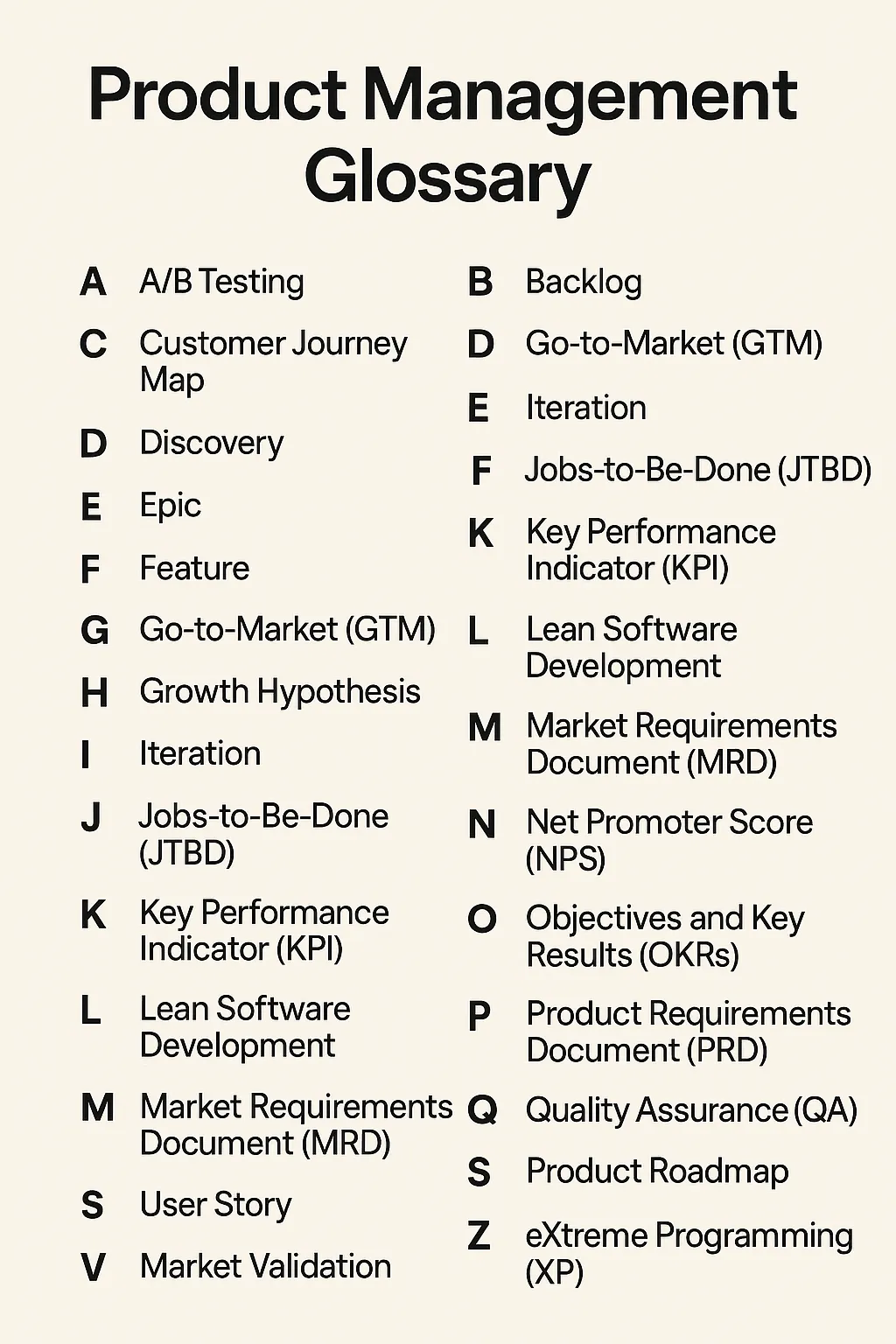
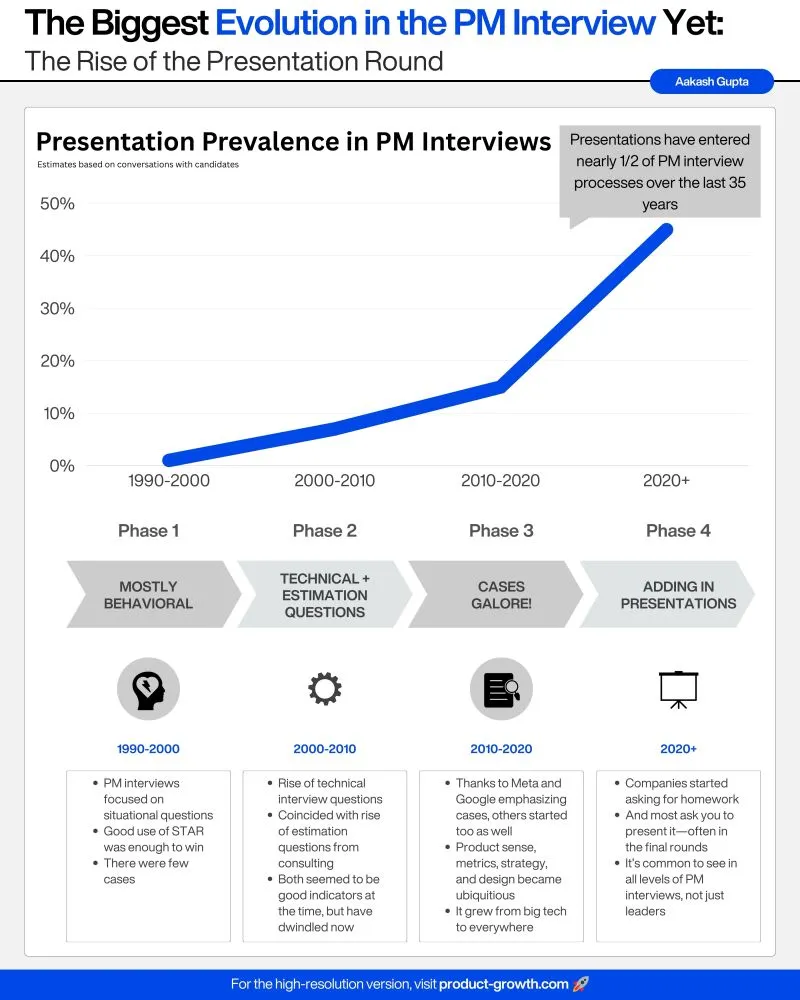
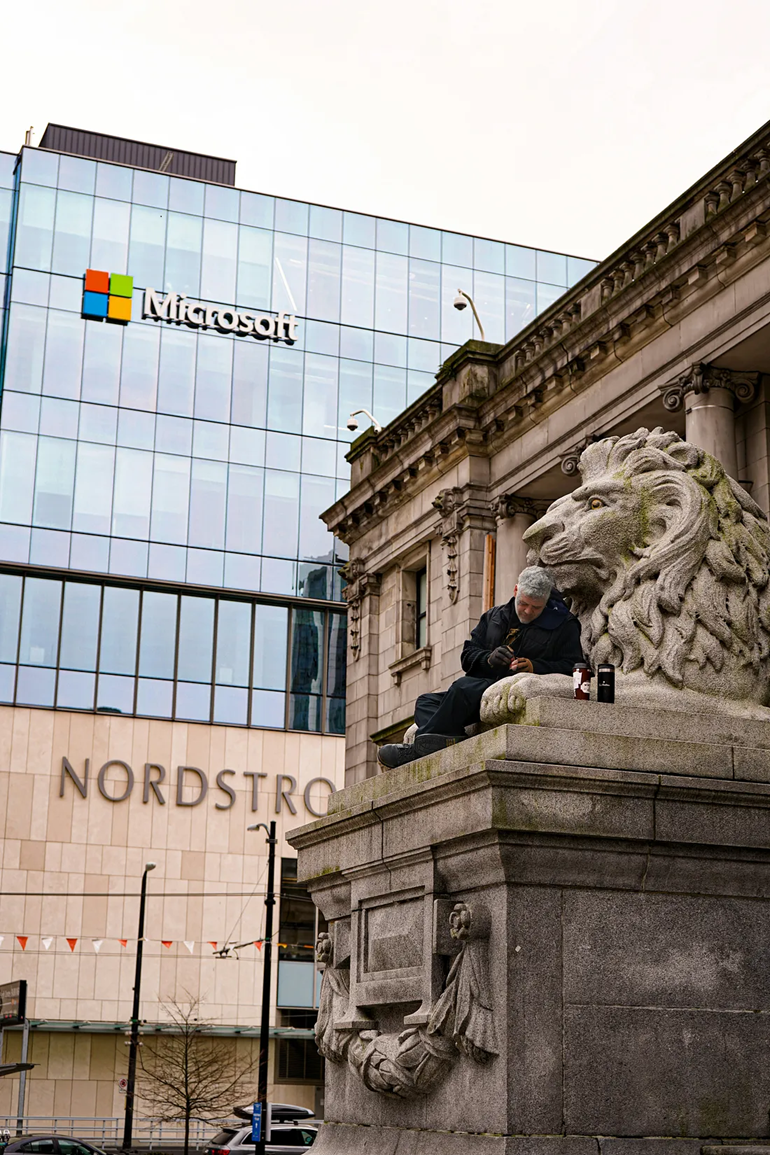
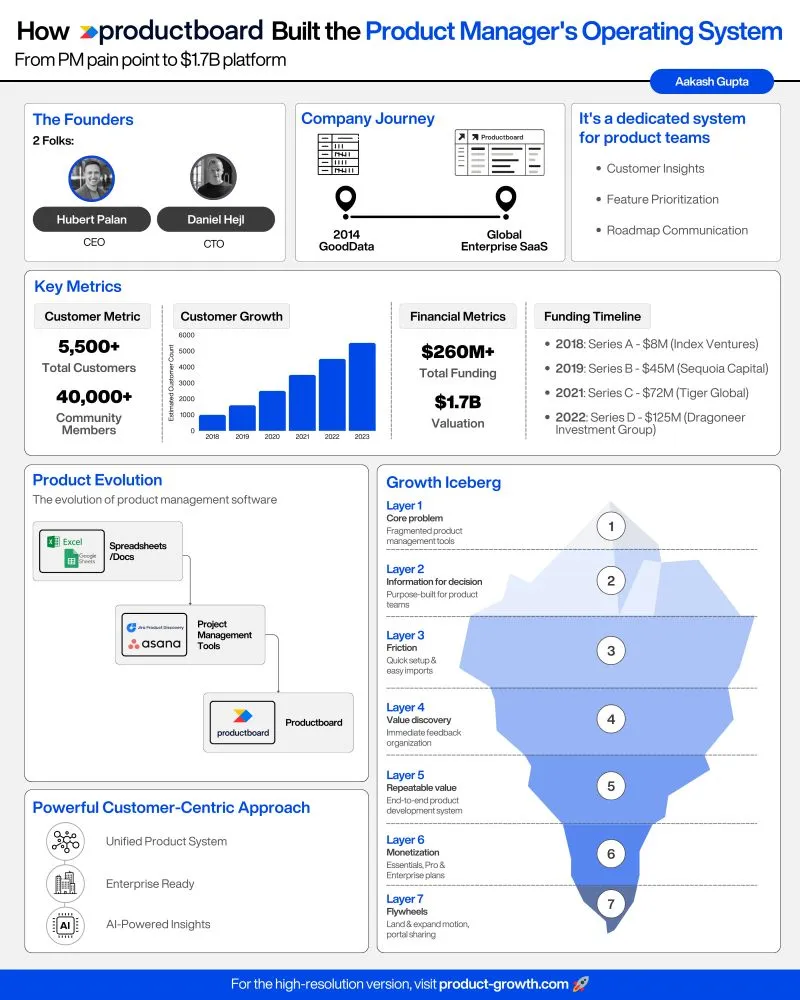
Comments ...
No Comments Yet ...Add One